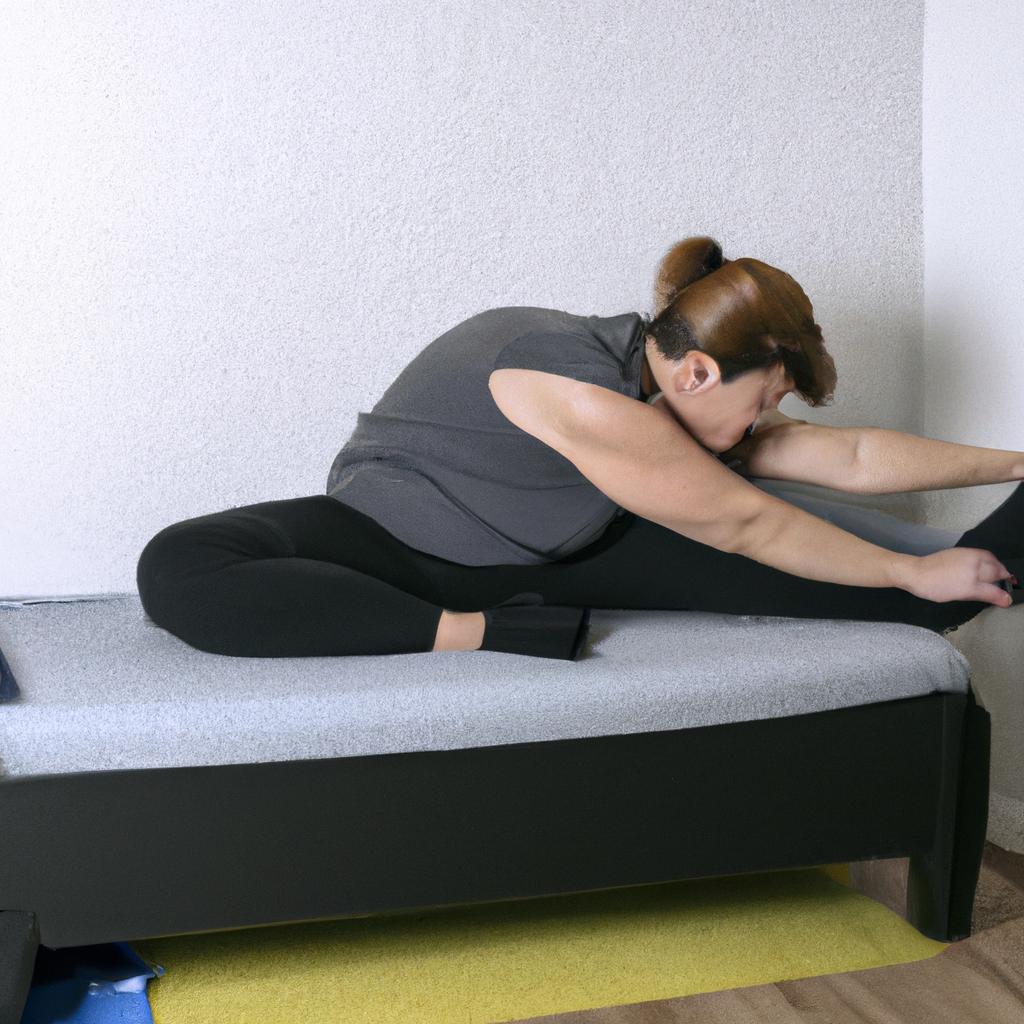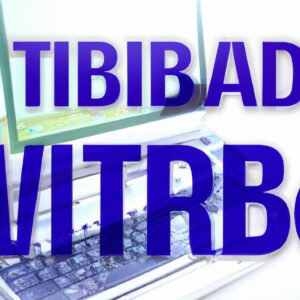**”The Role of PNF Stretching in Cool Down Techniques: Enhancing Flexibility and Recovery Through Proprioceptive Neuromuscular Facilitation”**
The Role of PNF Stretching in Cool Down Techniques: Enhancing Flexibility and Recovery Through Proprioceptive Neuromuscular Facilitation
In the realm of fitness and athletic performance, cool down techniques often take a back seat to the more vigorous aspects of training. However, dedicating time to an effective cool down can significantly enhance recovery and promote flexibility. One of the most effective methods for achieving these goals is Proprioceptive Neuromuscular Facilitation (PNF) stretching. In this blog post, we will explore the intricacies of PNF stretching, the health benefits it offers, and how it can be effectively integrated into cool down routines.
Understanding PNF Stretching
What is PNF Stretching?
Proprioceptive Neuromuscular Facilitation (PNF) stretching is a technique that combines passive stretching and isometric contractions to improve flexibility. However, unlike traditional static stretching, PNF involves a partner or trainer, who assists in the stretching process. This method not only targets specific muscle groups but also engages the nervous system to enhance the stretch reflex.
The Mechanism Behind PNF
The effectiveness of PNF stretching lies in its ability to stimulate the proprioceptors in the muscles and joints. When a muscle is stretched, proprioceptors send signals to the brain to prevent overstretching. During PNF, the process of contracting and relaxing the muscle allows for a greater range of motion, thereby increasing flexibility. Moreover, this technique can lead to a heightened awareness of body positioning, which is crucial for athletes and fitness enthusiasts alike.
Integrating PNF Stretching into Your Cool Down Routine
Timing is Crucial
To maximize the benefits of PNF stretching, it is essential to incorporate it into your cool down routine immediately after a workout. Therefore, transitioning from high-intensity activity to a more relaxed state is vital for both physical and mental recovery. Typically, a cool down should last around 10 to 15 minutes, providing ample time for stretching and relaxation.
Partner or Solo?
While PNF stretching is often performed with a partner, many exercises can be adapted for solo practice. However, having a partner can enhance the effectiveness of the technique, as they can provide the necessary resistance during the isometric contractions. If you choose to stretch alone, consider using resistance bands or a wall to assist in your stretches.
Key PNF Techniques
1. **Hold-Relax**: In this method, you stretch a muscle to its limit, then contract it isometrically for a few seconds before relaxing and stretching again. This technique can significantly enhance flexibility.
2. **Contract-Relax**: Similar to the hold-relax method, this involves contracting the muscle during the stretch, but the contraction is followed by a complete relaxation before stretching further.
3. **Agonist Contract**: This method focuses on contracting the opposing muscle group to facilitate a deeper stretch in the target muscle. It is particularly effective for hip and hamstring flexibility.
Nutrition Tips for Enhanced Recovery
Hydration is Key
Moreover, hydration plays a critical role in muscle recovery. After an intense workout, it is crucial to replenish fluids lost through sweat. Aim to drink water or electrolyte-rich beverages. In addition, consuming a balanced meal that includes protein and carbohydrates can further support recovery.
Nutrient Timing
Furthermore, the timing of nutrient intake can enhance the effectiveness of your cool down routine. Consuming a protein-rich snack or meal within 30 minutes post-exercise can aid in muscle repair and growth. Foods like Greek yogurt, protein shakes, or a lean turkey sandwich are excellent choices for recovery.
Health Benefits of PNF Stretching
Enhanced Flexibility
One of the primary benefits of PNF stretching is its ability to improve flexibility more effectively than traditional static stretching. Consequently, athletes often experience improved performance in their respective sports due to enhanced range of motion.
Injury Prevention
Moreover, incorporating PNF stretching into your cool down routine can contribute to injury prevention. By increasing flexibility and promoting muscle relaxation, you reduce the risk of strains and sprains. This is particularly important for athletes who engage in high-impact sports.
Improved Muscle Recovery
In addition to flexibility and injury prevention, PNF stretching aids in muscle recovery. The increased blood flow to the muscles, facilitated by the stretching, helps to remove metabolic waste products and delivers essential nutrients to the muscle tissues. Consequently, athletes often report reduced soreness and faster recovery times after incorporating PNF into their routine.
Conclusion
In summary, PNF stretching is an invaluable tool for enhancing flexibility and facilitating recovery during the cool down phase of your workout. By understanding its mechanisms and integrating it into your routine, you can reap numerous benefits, including improved flexibility, reduced injury risk, and enhanced muscle recovery. Therefore, take the time to prioritize your cool down, and consider incorporating PNF stretching for optimal results. Whether you are an athlete or a casual fitness enthusiast, effective recovery practices will ultimately support your fitness journey and help you achieve your goals.
FAQ
What is the main purpose of PNF stretching in cool down routines?
The main purpose of PNF stretching in cool down routines is to enhance flexibility and promote muscle recovery. By combining passive stretching with isometric contractions, PNF helps to improve the range of motion and stimulate the nervous system, leading to better overall flexibility and reduced muscle soreness.
Can PNF stretching be performed alone, or is a partner necessary?
While PNF stretching is often more effective with a partner who can provide resistance during isometric contractions, many PNF techniques can be adapted for solo practice. Individuals can use resistance bands or a wall to assist with their stretches, though having a partner may enhance the overall effectiveness of the technique.
What are some key benefits of incorporating PNF stretching into my fitness routine?
Incorporating PNF stretching into your fitness routine offers several key benefits, including enhanced flexibility, improved muscle recovery, and reduced risk of injuries. This technique helps to increase blood flow to the muscles, aids in the removal of metabolic waste, and promotes relaxation, all of which contribute to better performance and recovery.















Post Comment